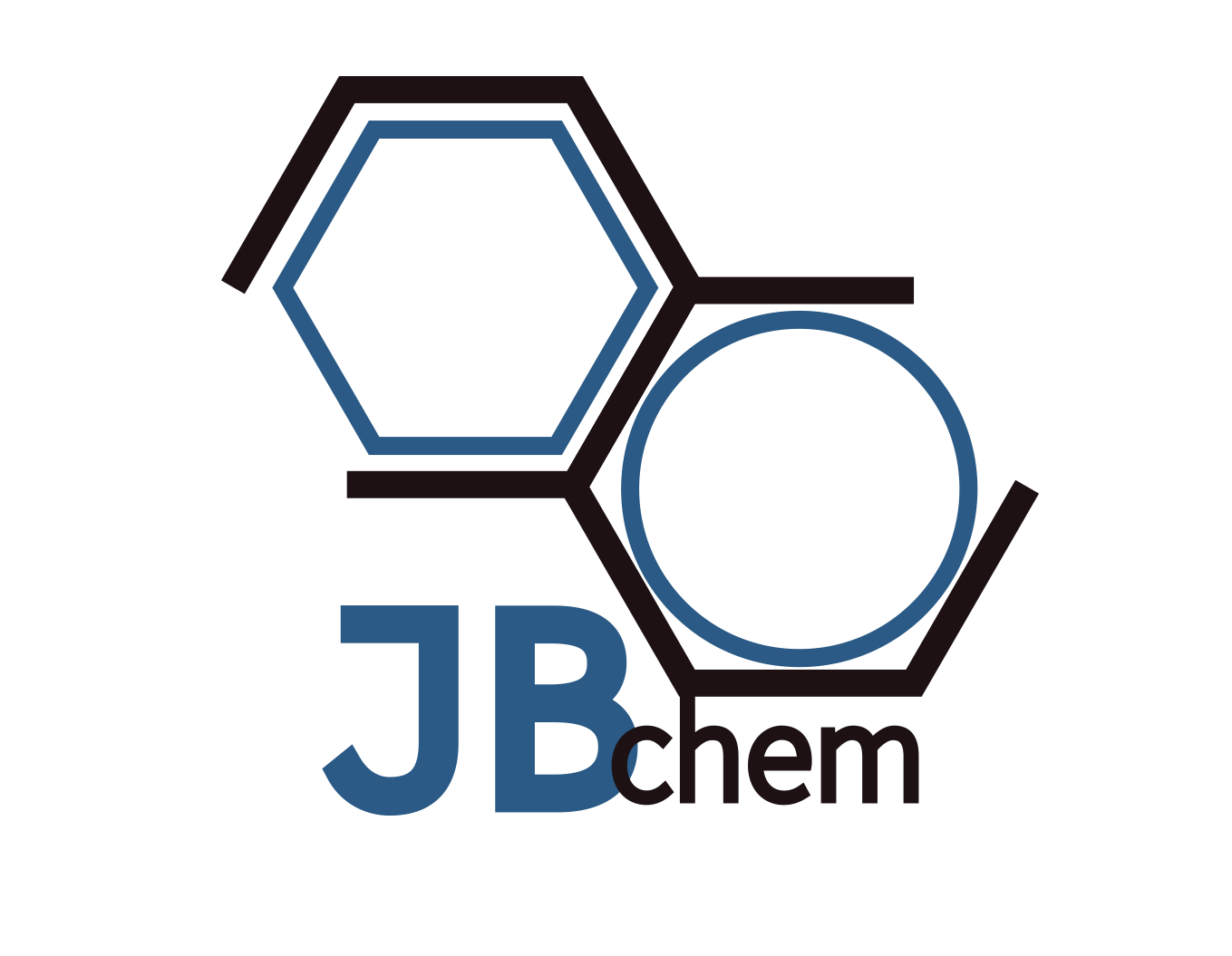Dysprosium Chloride DyCl3.6H2O
Product Properties
Product:Dysprosium Chloride
Formula: DyCl3.6H2O
CAS No.: 10025-74-8
Molecular Weight: 376.96
Density: 3.67 g/cm3
Melting point: 647° C
Appearance: White to yellow crystalline
Specification of Dysprosium Chloride
| Test Item | Specification | |||
| Dy2O3 /TREO (% min.) | 99.999 | 99.99 | 99.9 | 99 |
| TREO (% min.) | 45 | 45 | 45 | 45 |
| Rare Earth Impurities | ppm max. | ppm max. | % max. | % max. |
| Gd2O3/TREO Tb4O7/TREO Ho2O3/TREO Er2O3/TREO Tm2O3/TREO Yb2O3/TREO Lu2O3/TREO Y2O3/TREO | 1 5 5 1 1 1 1 5 | 20 20 100 20 20 20 20 20 | 0.005 0.03 0.05 0.05 0.005 0.005 0.011 0.005 | 0.035 0.2 0.3 0.3 0.3 0.3 0.3 0.05 |
| Non-Rare Earth Impurities | ppm max. | ppm max. | % max. | % max. |
| Fe2O3 SiO2 CaO CuO NiO ZnO PbO | 5 50 30 5 1 1 1 | 10 50 80 5 3 3 3 | 0.001 0.015 0.012 0.01 | 0.003 0.032 0.03 0.02 |
Application of Dysprosium Chloride
Catalysis: Dysprosium chloride serves as a catalyst in organic synthesis processes. Its use in catalysis often leverages its ability to facilitate reactions under milder conditions, improve selectivity, and increase yields, particularly in polymerization and other complex organic reactions.
Glass, Lasers, and Fiber Optics: DyCl₃ is used in the manufacture of glass with specific optical properties, such as high refractive index or special infrared absorption characteristics. Dysprosium-doped glasses are important in the production of solid-state lasers and fiber optics, where dysprosium ions enable materials to emit at specific wavelengths, useful in telecommunications and laser-based technologies.
Preparation of Metal Dysprosium: Dysprosium chloride can act as a starting material for the preparation of pure dysprosium metal, which is essential in various high-tech applications, including alloys for magnets that require dysprosium’s high magnetic susceptibility and resistance to demagnetization at high temperatures.
Phosphors and Display Technologies: In the phosphor industry, dysprosium chloride is used as a dopant to create materials that emit light when excited. These phosphors are crucial for color television tubes, LED lights, and other display technologies, contributing to the vivid colors and brightness of modern screens.
Nuclear Reactors: The high neutron absorption capability of dysprosium makes dysprosium chloride useful in nuclear technology, particularly in control rods and neutron-absorbing materials designed to regulate nuclear reactions within reactors.

